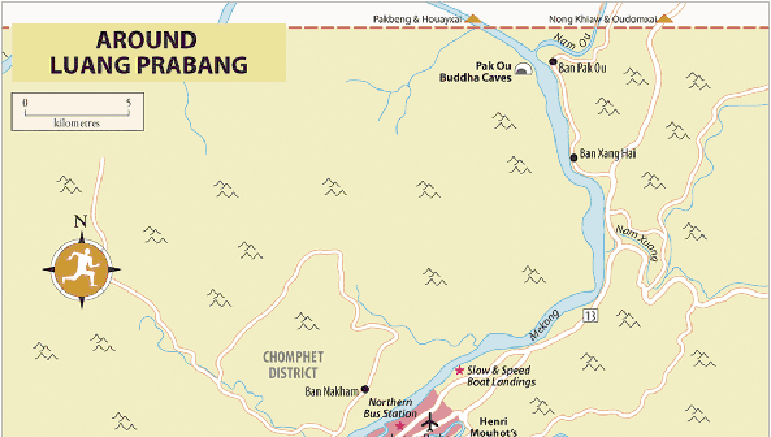Travel Reference
In-Depth Information
Almost everything was lost during the sacking of the city, but the event provided Pavie with
the ammunition he needed to “conquer the hearts” of the Lao and usher in Luang Prabang's
Frenchperiod
. The town was quickly rebuilt, with the French counting ten thousand people
and more than a thousand homes a year after the town's destruction. Within time, the French
hired Vietnamese workers to build the homes that lend the city its classic French-Indochinese
character, a trend quickly followed by Lao nobility. The city remained remote however: even
in 1930 it took longer to travel by river from Saigon to Luang Prabang than it did to travel
from Saigon to France.
The Indochinese wars to the present
During the two
Indochinawars
, Luang Prabang fared better than most towns in Laos, though
while the city itself remained intact during the fighting that consumed the country over the
next two decades, the Second Indochina War ultimately took its toll on Luang Prabang's ce-
remonial life, which lost its regal heart when the
Pathet Lao
ended the royal line by forcing
King Sisavang Vatthana to abdicate in 1975. Two years later, Luang Prabang and Laos lost
the king himself, as the new
communist government
, fearful that he might become a rally-
ing point for a rebellion, allegedly exiled him to a Hoa Phan cave, a journey from which he
and his family never returned.
In 1995, the city was designated a UNESCO World Heritage Site, in recognition of its
unique mix of traditional Lao architecture and old colonial buildings; since then, Luang Pra-
bang has experienced a period of explosive growth in tourism, which shows no sign of abat-
ing.

